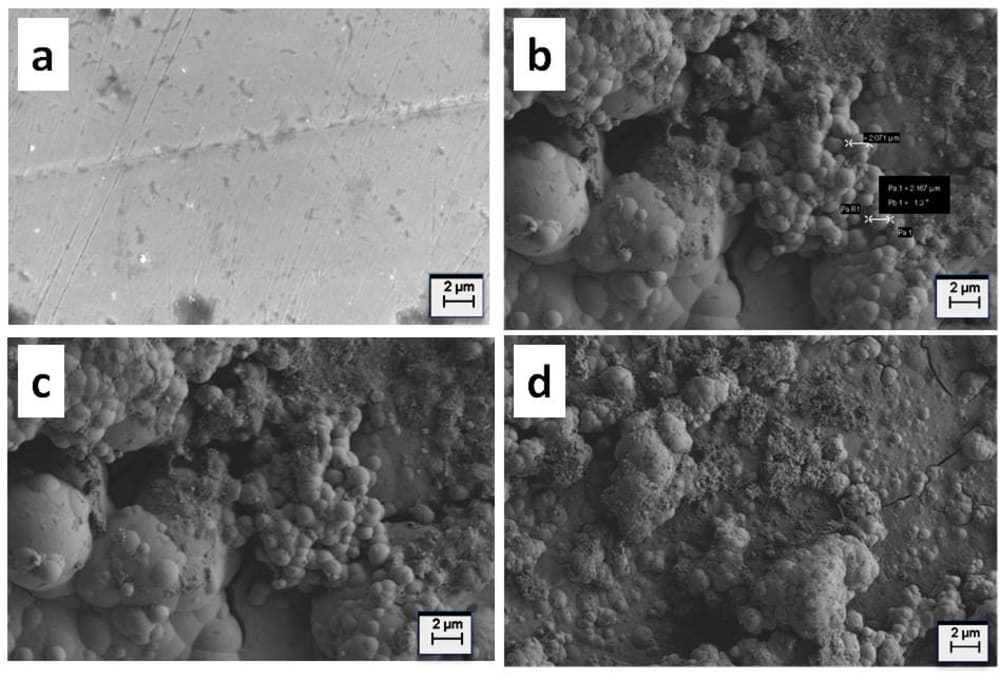In ring-yarn-spinning, the ring and traveler combination is the limiting factor for the maximum spindle speed.
The important factors in the design of ring-traveller are (1) the traveller stability during its high speed rotation while being clipped onto the ring flange and (2) the space for yarn passage between ring and traveller.
The high rotational speed of the traveller creates a considerable amount of centrifugal force resulting in a very high contact pressure of the order of 35 N mm-2. The extremely low area of contact between the ring and traveller with this level of centrifugal force results in the generation of considerable amounts of heat. The temperatures reach values as high as 400 to 500º C and along with high contact pressures, micro-welding of traveller fragments on the ring occurs. This makes the surface of the ring rough and makes the movement of the traveller highly unstable. To overcome these problems, the contact area between the traveller and the ring surfaces have been steadily been increased over the years; ring and traveller finishes have also been developed for the reduction of wear rate.
Surfaces of rings made from steel grade SAE 52100 were deposited with Ni-P-MWCNT by electroless plating method. The coated samples were subjected to various tests in order to investigate the friction, wear, surface roughness and microhardness properties.
• The deposition rate of Ni-P-MWCNT achieved was about 14 µm in 2 hours.
• The weight gain (observed from EDS results) of the Ni-P-MWCNT composite is about 24 per cent due to the physical entrapment of MWCNTs in the nickel matrix.
• In the pin-on-disc tester, there is a significant reduction of specific wear rate by about 25 per cent in comparison with the uncoated steel.
• Similarly, there is a 14 per cent reduction in the frictional coefficient of the composite in comparison with the uncoated one. This is due to the nanostructure and the unique properties like strength, self-lubrication and high heat dissipation of the Ni-P-MWCNT composite.
• The microhardness of the Ni-P-MWCNT composite is significantly increased by about 47 per cent than the uncoated one. This is due to the strong intermetallic structure formation between the Ni/MWCNT composite and the uncoated substrate.
• The Ra value of the Ni-P-MWCNT composite is significantly reduced by about 32 per cent compared to the uncoated substrate. This is due to uniform distribution of the cylindrical structured carbon nanotubes in the nickel matrix.
• The smoothness of the Ni-P-MWCNT composite coated rings was compared with the commercially available rings by testing with a custom-designed wear rate tester. There is an 11 per cent reduction in weight loss in 2/0 travellers and 12 per cent reduction in weight loss in 12/0 travellers in comparison with the results of commercially available rings. So the Ni-P-MWCNT composite is may be applied for enhancing the ring surface with good tribological properties.
Like this entry?
-
About the Entrant
- Name:Selvakumar Andiappan
- Type of entry:individual
- Software used for this entry:Nil
- Patent status:pending








